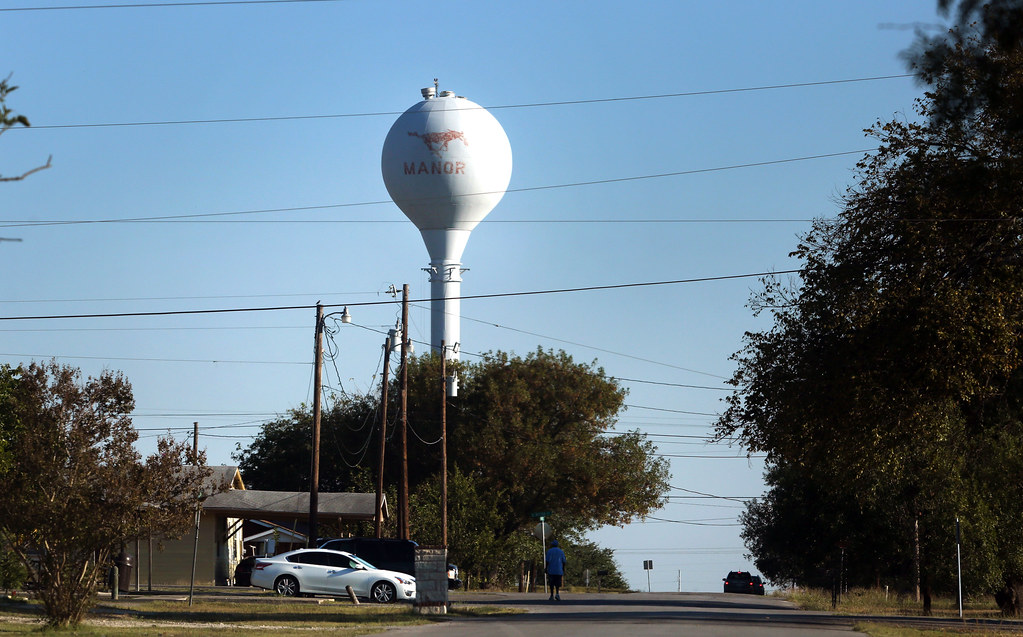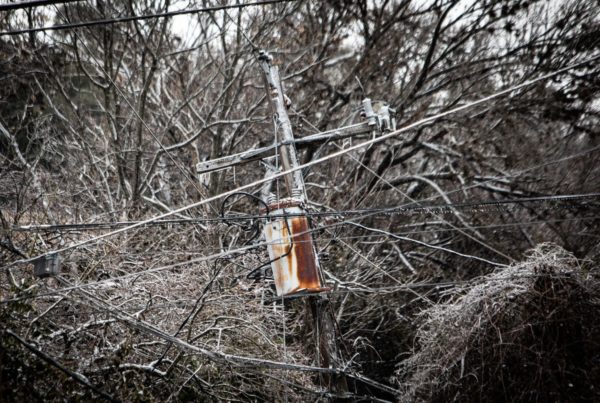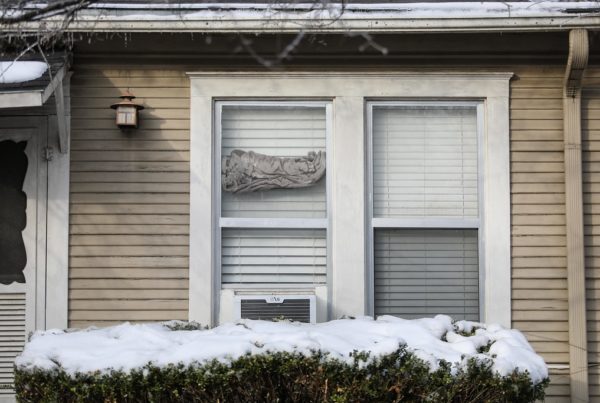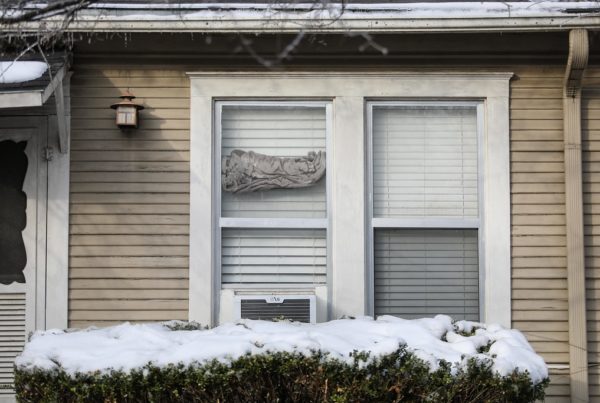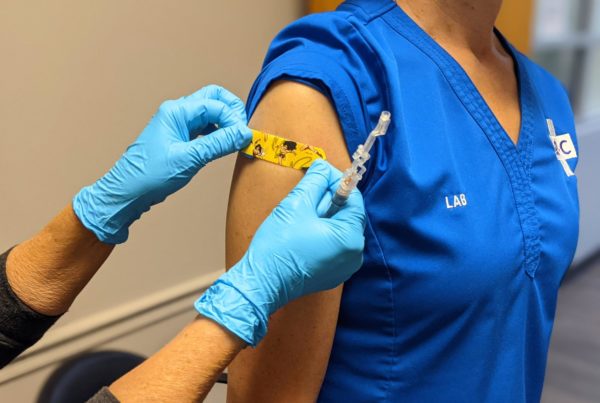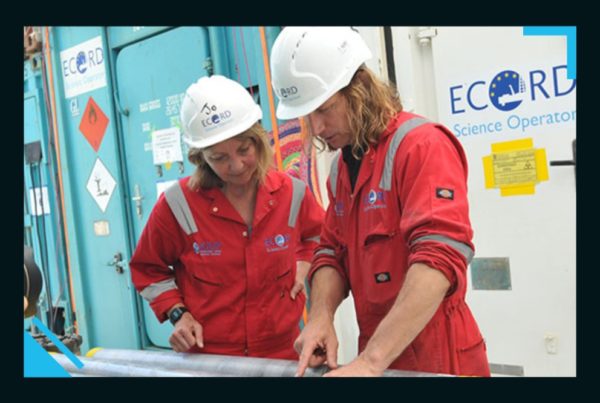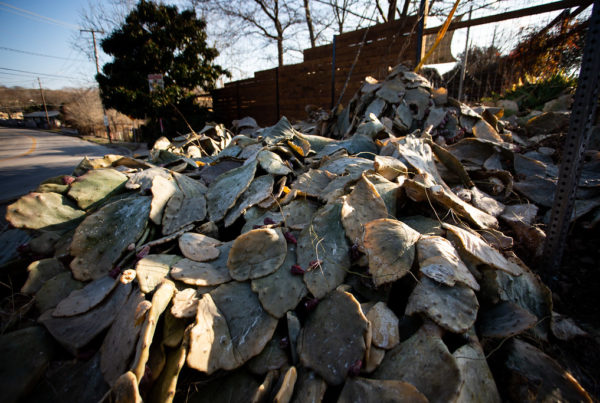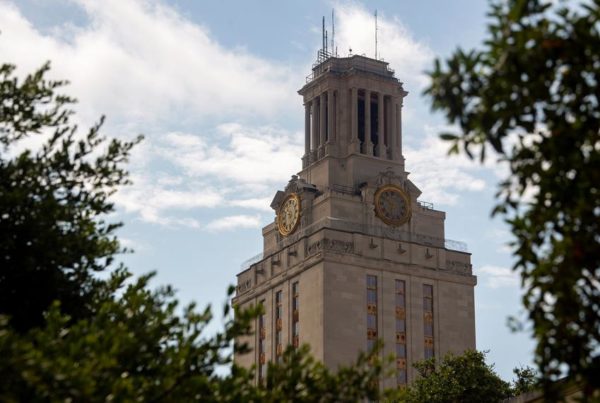February’s winter storm continues to affect Texans and communities. Some people don’t yet have water in their homes. Rural parts of the state face their own challenges, many involving repair of local infrastructure. Texas Standard spoke with three leaders from around the state who are working to put their communities back together.
Larry Wallace is mayor of Manor, located in Central Texas. He says proximity to Austin hasn’t necessarily meant a quick recovery from the storm.
“Just because we’re 13 miles away from one of the largest cities, we still are very disproportionately supported very regionally,” he said. “So a lot of the resources, a lot of the utility services and contacts, we don’t necessarily have, because we’re not Austin.”
Wallace said he “had to go to CNN to get contacts for utility providers,” because of jurisdictional lines between Manor and Austin. He says he experienced a lot of red tape as he worked to resolve outages. He says that also applied to communicating with state agencies.
In East Texas, Leon County Judge Byron Ryder says his community is dealing with broken water pipes and trees that have fallen into roadways and onto homes.
“People are still suffering a little bit from not having power,” he said. “They lost all the food in their house.”
Ryder said utility customers in his area now have power, but that the kind of red tape he experienced during the crisis needs to be addressed.
“We have got to have a better response in rural America,” he said. “Everything goes to your cities first, to get them going, and kind of leaves us out in the cold.”
Real County Judge Bella Rubio says broken pipes are also a problem in the northern part of her county. Residents in the area had their power restored over the weekend, she says. Some had been without power for 15 days.
Wallace said there are three issues he would like to see addressed in preparing for future disasters: a deeper dive into emergency management planning, addressing the needs of areas within counties that fall outside any municipalities’ jurisdiction, and how rural areas can connect to the Red Cross for disaster assistance.
Ryder says communication with other entities was good in Leon County. But, he says, it’s important for local communities to be self-sufficient for the first 72 hours, until outside aid can arrive.
“You’ve got to be somewhat prepared somehow,” he said. “Now being prepared means that you need to get grants to get generators on water wells or septic systems or sewer systems.”
Rubio agrees that being self-sufficient, at least at the beginning, is important, and that includes having funding available to make those preparations.


